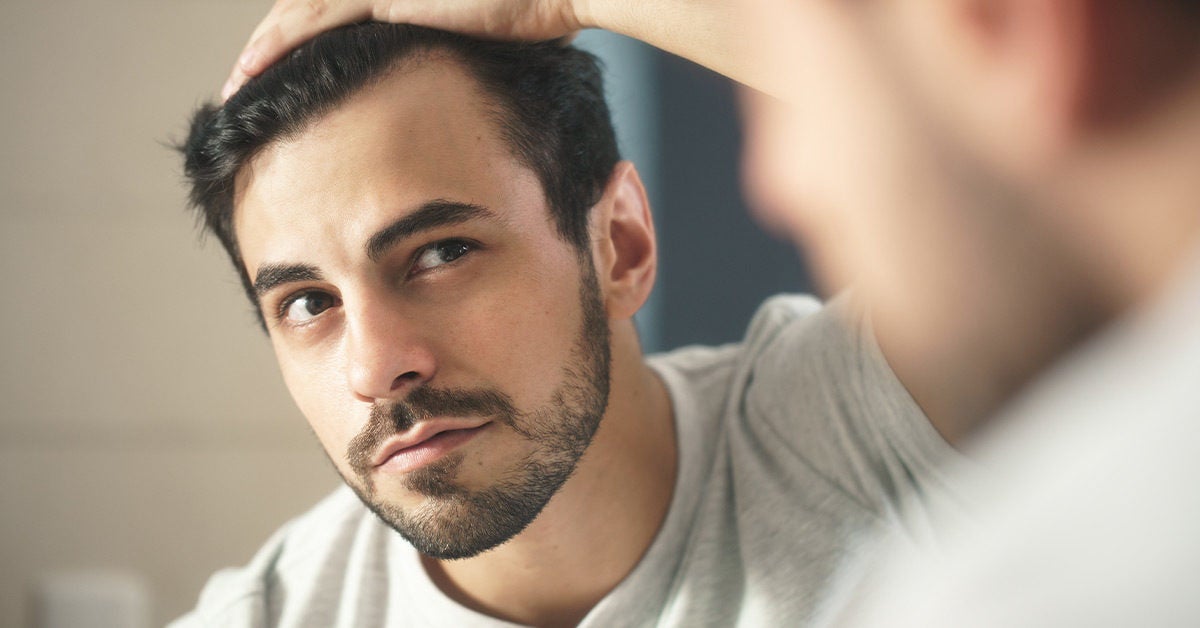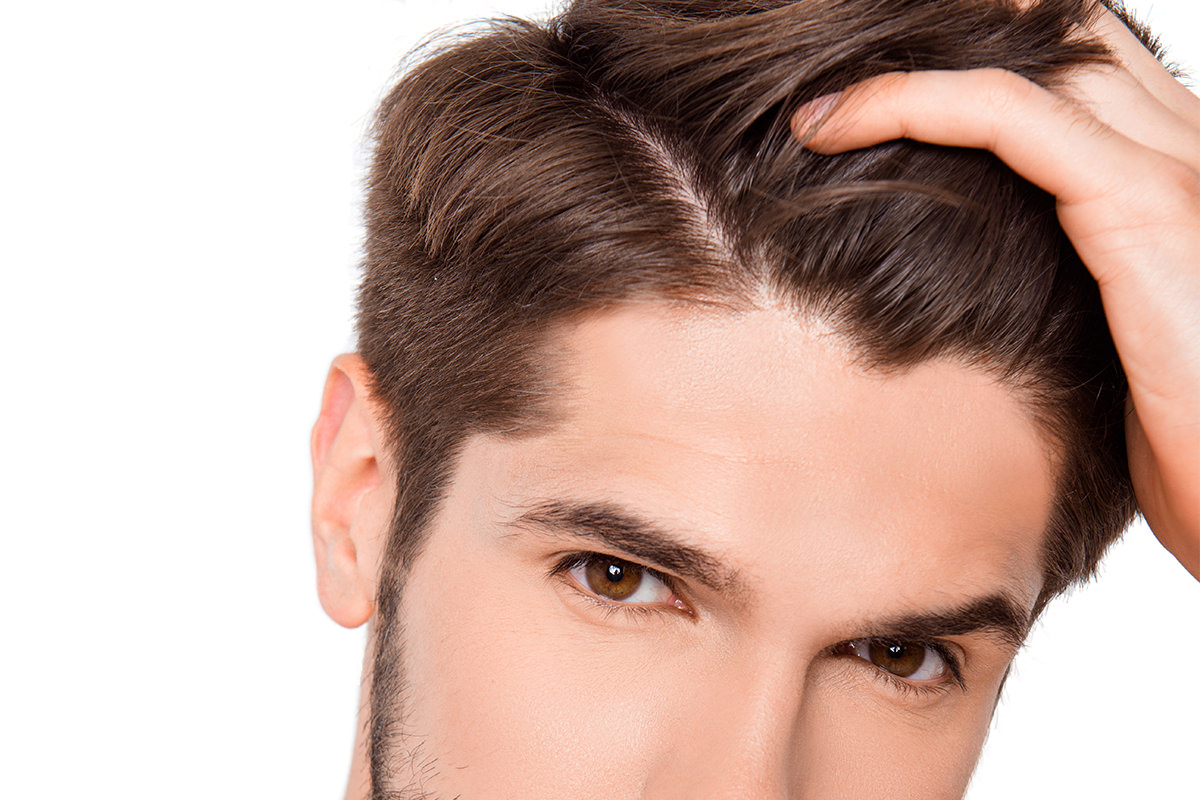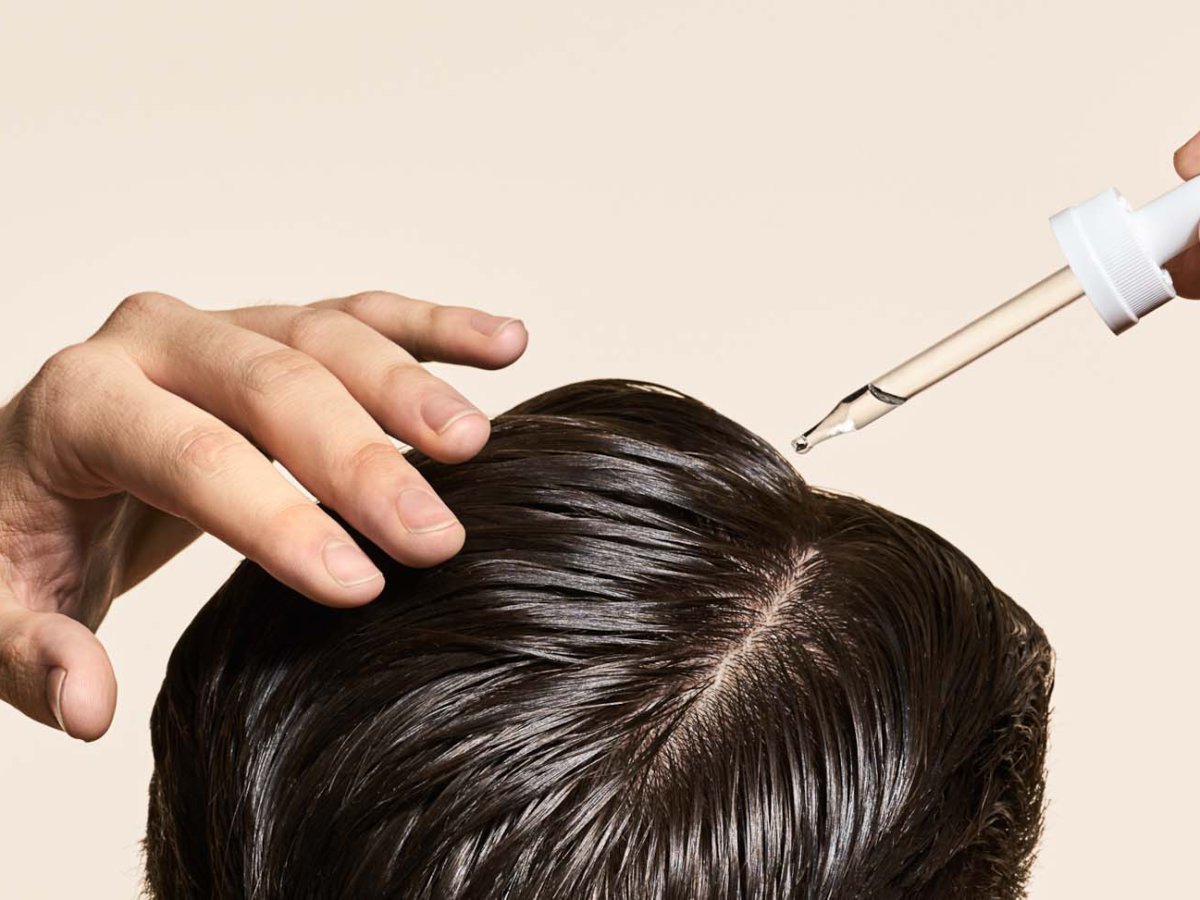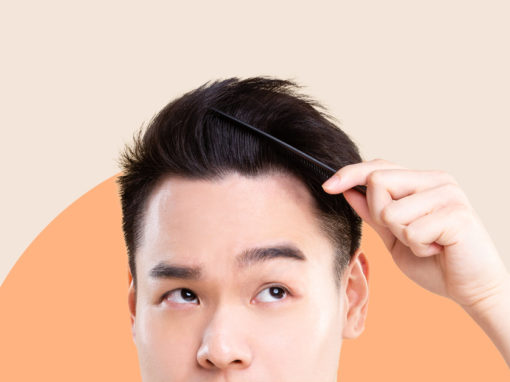As with all other ageing processes, male pattern baldness (MPB) does not simply happen overnight. In fact, for most men, male pattern baldness is a process that happens gradually over numerous years. This provides you with the opportunity to halt the onset of MPB by identifying the signs early. By doing so, you can take the necessary steps to treat hair loss effectively.
However, identifying the signs of hair loss may not be as easy. This post simplifies proven indicators of baldness and effective treatment modalities.
Indication 1: Changes to Your Hairline

The most apparent indicator of pattern baldness in men is a visible change to their hairlines. Pattern baldness usually results in an individual’s flat or mildly receding hairline to become a more obvious, M-shaped hairline. In most cases, you may begin to notice your hair thinning around the temples and the crown.
Photos are a great way to determine if you are losing hair, as you can scrutinise your hairline easily. Comparing two photos taken a few years apart allows you to notice whether or not your hairline has visibly receded. When comparing photos, lighting condition is an important factor to note. This is because they can significantly affect the perceived appearance of your hairline. Your hair may look thinner in bright lighting, for instance.
To ensure an equal comparison, you can opt to compare photos taken under similar lighting conditions. Alternatively, you can make a deliberate choice to photograph your hairline every few months under the same lighting conditions. This allows you to determine if you are losing hair over the course of one or two years. All the more reason to take more selfies!
Indication 2: Noticeable Thinning of Your Hair

Not all men who experience MPB begin with a receding hairline. For some men, they experience a hair loss disorder called diffuse thinning (also known as chronic telogen effluvium). Diffuse thinning causes hair shedding across the scalp and can result in a noticeable loss of hair if left untreated.
Similar to receding hairline, comparing photos over different time periods is the easiest way to identify diffuse thinning. If you notice your hair appearing thinner in recent photos, it could point towards the onset of male pattern baldness.
You may begin by taking photos of yourself in front of your bathroom mirror every two or three months. You may gradually take photos of your scalp area from the back. If you notice the hair around your crown thinning significantly, it is advisable for you to take immediate action. As the saying goes, “you’ll never regret the things you do as much as the things that you didn’t do”.
Indication 3: Excessive Hair Loss After Showering or Brushing

It is perfectly normal for you to lose hair when you shower, or when you brush or comb your hair. In fact, individuals tend to lose an average of 100 hairs a day. Therefore, if you notice a few hairs in the palm of your hands after shampooing, do not be alarmed. However, if you notice unusual amounts of hair falling out daily, it could be an early indication of MPB.
Before the alarm bells start going off in your head, temporary hair loss does occur from time to time. The shedding of hair for a day or two should not necessarily be the cause of concern. However, there are some other factors that may cause extensive hair loss such as high fevers, psychological stress, or a side effect of medication use. This type of hair loss is usually temporary but could be extensive and last a few weeks. Sometimes, you may even find loose hairs sticking to your pillow when you wake up in the morning.
If your hair loss does continue to occur over a few months or even over a year, then it may be time for you to consider getting some help. After all, it is a race against time especially when it comes to pattern baldness. If left untreated, normal hair loss will soon turn into a receding hairline, or worse, a visible bald spot on your scalp.
“False” Signs of Male Pattern Baldness
The proven points above help identify pattern baldness. However, there are some points on the internet that may not be nearly as reliable. These include:
- An itchy scalp. This usually does not indicate long-term hair loss. In fact, there are different factors causing itchiness on your scalp. Some of these could include dandruff, reaction to a hair product or even head lice.
- The hair appearing thinner after you swim or shower. This may be a result of your hair clumping together as compared to actual hair loss. The best way to check for hair loss would be to compare two photos of yourself (in different time periods) with dry and unstyled hair.
- A widow’s peak. Upon reading hair loss articles, you may notice that you have a widow’s peak. Calm down, you probably already had a widow’s peak before reading the article! This is a dominant genetic trait that is neither an indicator of your susceptibility to hair loss or actual hair loss.
- Hair on your pillow, or in your hands. Losing an average of 100 hairs daily is normal, hence finding some strands of hair on your pillow is okay. In fact, both of which are normal occurrences and not reliable indicators of abnormal hair loss.
- A depigmented ‘bulb’ of hair that falls out naturally. This white bulb is nothing more than an indication of your hair being in the telogen phase. The telogen phase is the last stage of the hair growth cycle where your hair naturally falls out.
- A bald grandfather on one or both sides of your family. To this day, researchers have not been able to scientifically prove this theory, which means that it cannot be taken seriously as a cause for your hair loss.
Consider These Treatment Options to Stop Hair Loss
Fortunately, there are a number of treatment modalities available for MPB. These treatment options target the root problem by blocking DHT, the male sex hormone responsible for causing hair loss.
These include the 5α-reductase inhibitor known as finasteride, minoxidil, and DHT-blocking shampoos. Identifying MPB signs early, and using one or a combination of treatments can help to prevent the severity of your hair loss. In some cases, taking both finasteride and minoxidil has been said to help regrow some of the hair that you’ve lost, although this is not a guaranteed effect.

Hair supplements are a booming business as they have been recognised as a method for treating hair loss. In an article by Medical Daily (2016), more than $176 million is spent annually on hair and nail supplements. This is because people are willing to fork out copious amounts of cash to achieve thicker, healthier and better-looking hair.
To date, there are no known methods for preventing the occurrence of MPB. There is a theory that suggests that stress can also cause men to suffer hair loss. To better manage stress, you could consider participating in activities that promote relaxation. These include taking a walk or jog in the park, listening to calming music, or spending some quiet time meditating. However, if you are faced with mild symptoms of pattern baldness, please consult a doctor early. A doctor is best qualified to provide you with a suitable hair treatment plan which, over time, can help you to regain your self-confidence as well as a sense of control in your life.


